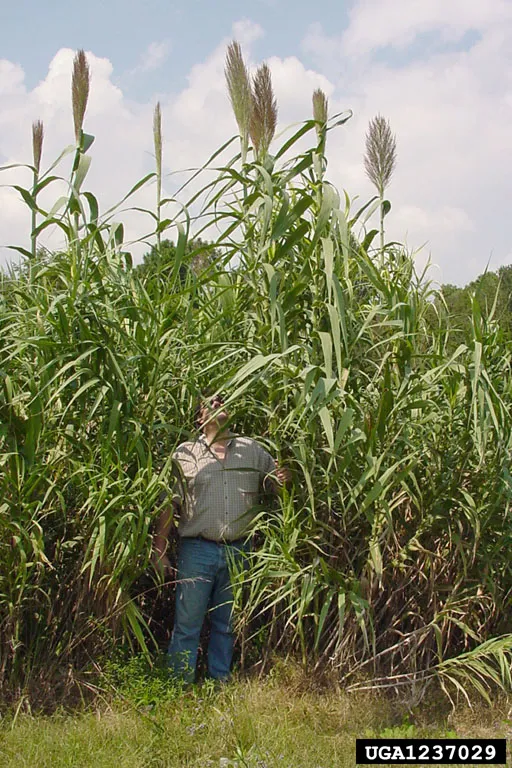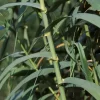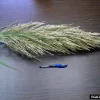X
CONTACT US
Great Lakes Center, SAMC 319
SUNY Buffalo State
1300 Elmwood Ave., Buffalo, NY 14222
wnyprism@buffalostate.edu
(716) 878.4708
SUBSCRIBE TO LISTSERV
FOLLOW US
CONTACT

Giant Reed can grow up to 20 feet tall. Photo by Chuck, Bargeron, University of Georgia, Bugwood.org.
Giant Reed
COMMON NAME:
Giant ReedSCIENTIFIC NAME:
Arundo donaxORIGIN:
Asia and the MediterraneanDESCRIPTION:
Giant reed is a perennial grass capable of growing up to 20 feet tall. Its leaves are up to 2 feet long and opposite in arrangement. It flowers in late summer with a purple to silver feathery plume atop its stem. The foliage of the plant dries to a light brown in the winter.HABITAT:
This species grows in moist or wet soils, often along riverbanks, streams and ditches. It has also demonstrated a preference for areas with high levels of nitrogen.THREAT:
Giant reed displaces native plants making flood control difficult and greatly increases the likelihood and severity of fires. It also contains a chemical toxic to many insects and vertebrates reducing forage availability. Due to environmental impacts, California considers giant reed on of the greatest threats to water-dependent systems.MANAGEMENT:
Small infestations may be pulled or dug by hand, ensuring all root rhizomes are also removed. Chemical application, either foliar spray or cut-stem treatments have also shown to be effective for larger infestations. Chemical treatments can be combined with mowing to great effect, but care must be taken to ensure spread prevention practices are used when mowing.
WNY PRISM PRIORITY:
Tier 1 - Early Detection/Prevention
NYS Invasive Species Tiers Chart - Tier Definitions
ADDITIONAL RESOURCES:
Texas Invasive Species Institute: Giant Reed
USDA: Field Guide for Managing Giant Reed in the Southwest
NYS Prohibited and Regulated Species - Part 575:
PATHWAYS OF INVASION:
Originally brought to California as an ornamental plant, its uses later expanded to thatch and erosion control. Giant reed reproduces primarily through rhizomes and vegetatively where stems touching the ground sprout roots, similar to Phragmites. Its spread is aided by flooding which can move plant pieces downstream to establish new infestations.
REGIONAL DISTRIBUTION:
Not Present




